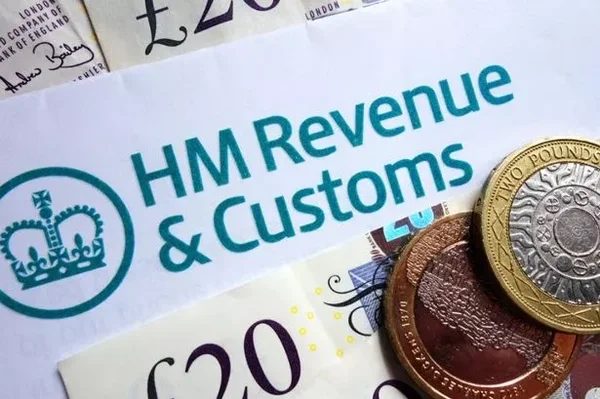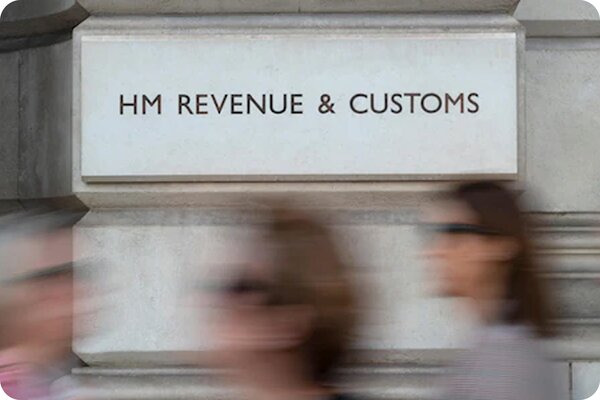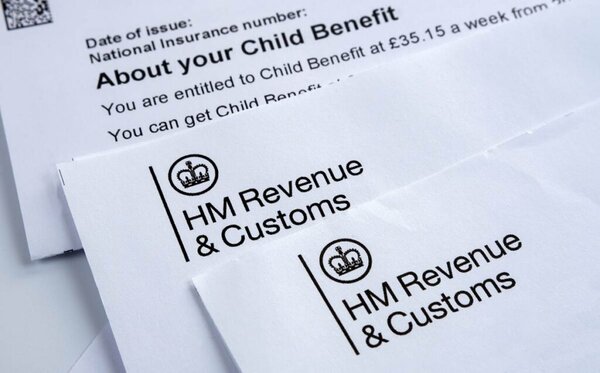HM Revenue & Customs (HMRC) has confirmed that from 1 September 2025, it will no longer accept telephone requests for Personal Pension Relief (PPR) claims. Individuals seeking higher-rate or additional-rate relief will instead need to submit their applications online or in writing.
The reform is part of HMRC’s wider update to claim procedures, which also introduces stricter evidence requirements. The tax authority says these measures are intended to “protect taxpayers’ money” by ensuring that relief is correctly allocated and supported by proper documentation.
Why the Change Matters
Until now, savers eligible for additional pension tax relief have been able to make claims by phone. This option will soon disappear, as HMRC seeks a clearer paper or digital trail to support requests. The shift reflects HMRC’s ongoing move towards digital-first services, while also reinforcing compliance checks.
The department explained that it is lowering the threshold for requiring evidence on new claims, which means more individuals may now be asked to provide proof of pension contributions when applying for higher-rate or additional-rate relief.
Pension Relief Basics
UK pension tax relief is designed to encourage retirement saving. For most savers, understanding the tax implications on your savings—including untaxed interest—is important. You can estimate your tax liability with this UK Untaxed interest tax calculator.
- Basic-rate taxpayers receive 20% relief automatically.
- Higher-rate and additional-rate taxpayers may be eligible for further relief, but in some cases must claim it directly.
- Relief arrangements depend on the pension scheme:
- Under “net pay” schemes, full relief is usually applied automatically via payroll.
- Under “relief at source” schemes, only basic-rate relief is applied initially, and higher earners need to claim the balance.
The new HMRC rules are therefore most relevant to individuals with “relief at source” pensions, where self-claimed relief is common.
HMRC’s Position
An HMRC spokesperson said the reforms were about tightening oversight:
“We’re lowering the threshold to ensure that people claim the right amount of relief and protect taxpayers’ money. This comes after we conducted a review which revealed that many claims below the current evidence threshold were incorrect. Customers can quickly and easily make a claim, and provide supporting evidence, using our online form.”
This indicates that HMRC’s priority is to minimise incorrect or unsupported claims while making the online process the central route for applicants.

Reactions and Concerns
While HMRC highlights the convenience of digital claims, the changes may create challenges for individuals without regular internet access or those less comfortable with digital systems. Critics argue that removing the phone option risks excluding some groups, particularly older savers, who may find written applications slow and online forms difficult to navigate.
Professional advisers have also stressed the importance of better communication from HMRC to ensure taxpayers understand the difference between pension schemes and when a claim is genuinely required. Without clearer guidance, there is a risk of confusion and missed entitlements.
Wider Context
The move fits within a broader shift in HMRC’s operations towards digitalisation and stronger compliance frameworks. Over the past decade, the department has steadily reduced reliance on phone-based services in favour of online systems, citing efficiency and improved accuracy.
For taxpayers, the immediate effect is practical: claims that were once made quickly by phone will now require either an online submission with supporting documents or a written request by post. This may lengthen processing times but is intended to improve accuracy and consistency.
Practical Steps for Savers
Tax experts recommend that individuals review how their pension scheme operates before September. Those in “net pay” schemes may not need to take any action, as relief is already applied automatically. However, savers with personal pensions or “relief at source” schemes should ensure they understand the claims process and keep proper documentation of contributions in case HMRC requests evidence.
Employers and pension providers are also being encouraged to help educate members on which system applies to them. This is particularly important for higher earners, who may otherwise overlook their entitlement to additional relief or mistakenly assume they are already receiving it.

Potential Impact on Processing Times
One unanswered question is how quickly HMRC will process claims under the new rules. While the department insists its online form is efficient, adding more evidence requirements may slow down the system. Advisers warn that taxpayers should prepare for longer turnaround times, especially during peak filing periods.
This could have cash flow implications for some individuals, since additional relief is often claimed retrospectively and can represent a meaningful sum. Those relying on refunds may need to plan ahead to avoid financial disruption.
Final Summary
From 1 September 2025, HMRC will require all Personal Pension Relief claims to be submitted either online or in writing, with more individuals asked to provide supporting evidence. The change is presented as a safeguard for public funds and an effort to make claims more accurate. While the shift is in line with HMRC’s digital-first approach, it raises concerns about accessibility for savers who rely on telephone services. Understanding whether your pension operates under “net pay” or “relief at source” remains essential, as only the latter group is likely to need to make a direct claim for additional relief.











